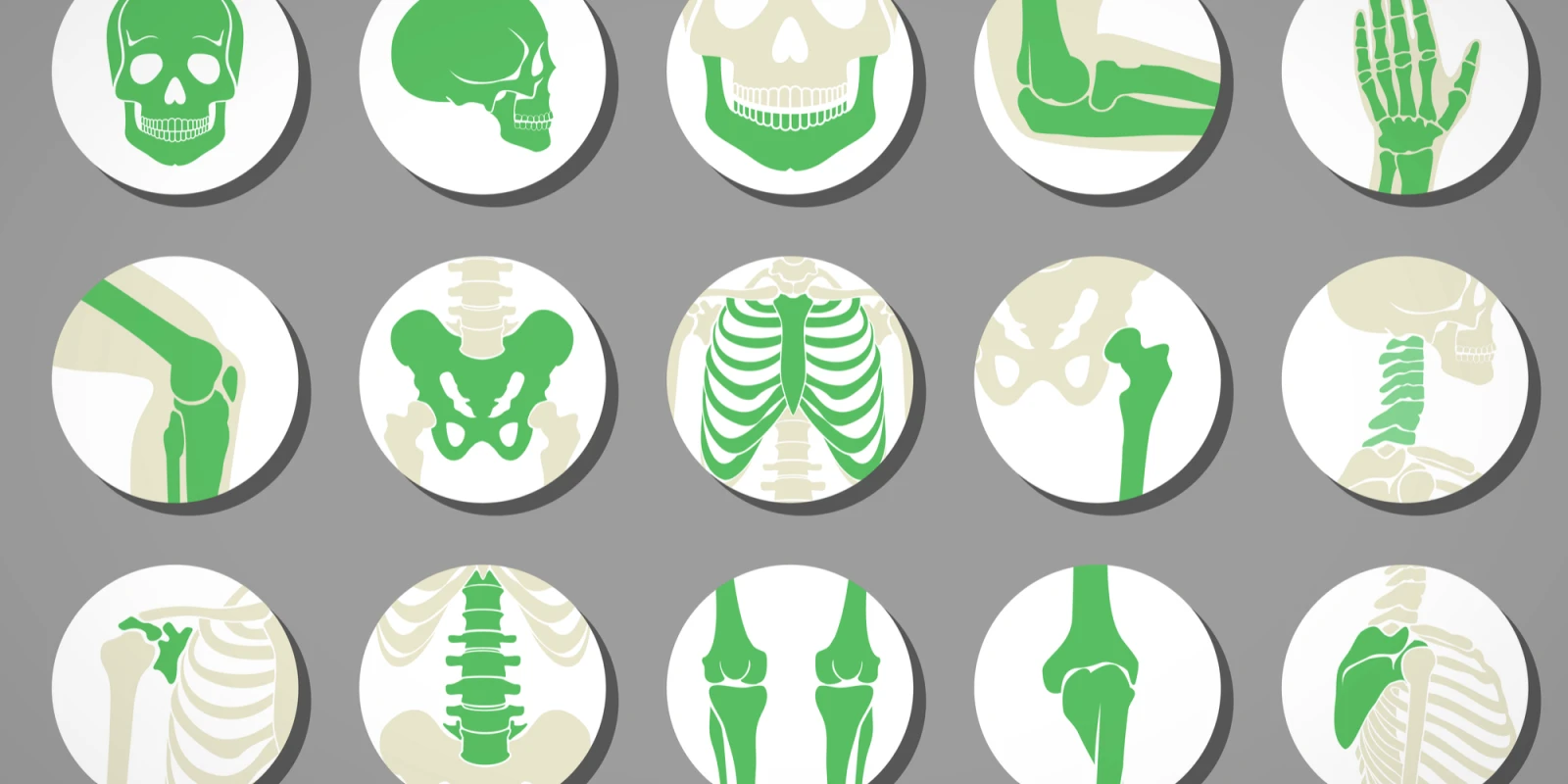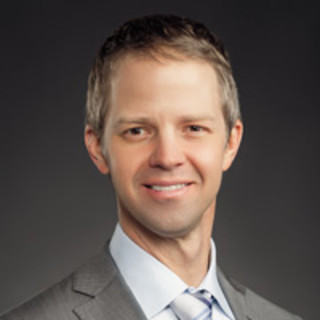 The annual academy meeting for AAOS is always a spectacle, but it seems to put on an extra shine in Las Vegas. Behind all of the glitz and glamour of the Sands Convention Center or the adjacent Palazzo hotel was evidence of an organization pushing towards a new identity.
The annual academy meeting for AAOS is always a spectacle, but it seems to put on an extra shine in Las Vegas. Behind all of the glitz and glamour of the Sands Convention Center or the adjacent Palazzo hotel was evidence of an organization pushing towards a new identity.
This subspecialty of 30,000 registered surgeons, of which approximately 85 percent are white and 94 percent are male, inaugurated its first female president. Dr. Kristy Weber’s opening address was frank and honest about the challenges facing orthopaedics, the academy, and women and minorities in the field.
Dr. Weber openly acknowledged that some members sense a loss of value in AAOS membership perhaps opting for more subspecialized meetings, smaller groups, and more responsive resources, that better suit their educational needs. She recognized the external threats to the field and new emphasis on value from payers and patients alike. Finally, she openly confronted the stereotype of what an orthopaedic surgeon is supposed to look like. She closed by challenging all members to do the same.
On the educational front, there were some new items as well. The poster hall contained an orthopaedic video theater where novel techniques were projected and looped with available headsets to listen in. This falls in line with the way that techniques are increasingly being shared online and among academic journals.
The poster and paper presentations were almost too numerous to count; however, some trends emerged across subspecialty fields. There was a heavy emphasis on opioid reduction perhaps in response to mounting public media coverage of the opioid epidemic. Whether it was use of liposomal bupivacaine for total knee arthroplasty (no different than standard bupivacaine but with increased risk of stiffness), local anesthetic portal injections for arthroscopy (decreases pain significantly for the first 4 hours), standardization of dosing practices (patients use much less than they are frequently given), rethinking anti-inflammatories (long acting steroid injections), cryoneuroanalgesia (inducing Wallerian degeneration of small skin vessels with a cold producing device), or even medical marijuana (it reduces opioid needs), the theme on improving pain control and reducing opiate usage was ubiquitous.
The lights inside the exhibit hall could almost have rivaled those on the Strip. It had been some years since I had personally attended the meeting and this was the most dramatic change I noticed. In addition to the usual booths dedicated to new implants and instruments there were many booths dedicated to changes in payment modeling such as a cash pay format facilitators, practice management sites to manage a surgeon’s online presence or reputation, and new EMR variants which aim to decrease the burden of documentation. The growing volume of these offerings suggest that in 2019 there is much more to being an orthopaedic surgeon than just the surgery. In fact, the academy also sponsored an entire series of free lectures on career development highlighting non-commercial approaches to the ancillary challenges of modern orthopaedic practice. One of my favorites from this section was on optimizing chances for publication and presentations led by the editors of several prominent journals.
One new feature of the exhibit hall was the innovation theater. This academy sponsored event hosted brief presentations on emerging technologies and the best of what is coming. The cryoneuroanalgesia group was represented here demonstrating an ultrasound-based technique for postsurgical pain control and a new orthopaedic drill which measures drilling energy and measures drilling depth in a single step. This new addition fit nicely with the academy’s stated goals for fostering a “mindset of innovation and proactive thinking” to paraphrase Dr. Weber.
Despite all of the ticketed events, non-ticketed events, symposia, booths, people and networking remain at the core of the experience. Old friends and new acquaintances moving in Brownian motion throughout the expo center triggering new interactions and new relationships which will be the engine that drives innovation and progress in orthopaedics in 2019.
Brian Gilmer, MD is an orthopaedic surgeon in Mammoth Lakes, CA. He is a 2018–2019 Doximity Author. He has no disclosures related to anything linked.
Image by MicroOne / Shutterstock







